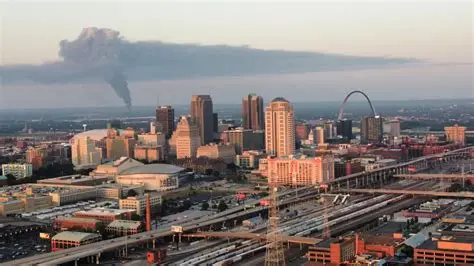When we think of gentrification, we picture shiny new coffee shops and bike lanes popping up in “revitalized” urban neighborhoods. But scratch beneath the surface and you’ll find a brutal truth: those same neighborhoods were once thriving Black communities—reduced by decades of redlining and now reshaped for white comfort. This isn’t development. It’s a takeover.
Mainstream media sensationalizes Black neighborhoods, painting them as dangerous wastelands. But has anyone stopped to ask why? How do generations of systemic neglect, economic exclusion, and criminalization magically become cause for removal instead of repair?
The answer starts with Redlining.
Redlining: The Blueprint of Exclusion
In the 1930s, the Home Owners’ Loan Corporation created color-coded maps to rank neighborhoods by “investment risk.” Black neighborhoods—regardless of actual economic strength or community value—were labeled “hazardous,” outlined in red, and denied loans and public resources. Chicago became the template for this practice, and cities from coast to coast followed.


Redlining wasn’t just about denying mortgages. It was about denying opportunity. While white neighborhoods expanded with parks, schools, and hospitals, Black communities were blocked from investment, overpoliced, and under-resourced. And yes, despite paying taxes like everyone else, those dollars rarely came back home.

Gentrification: The New Colonization
Today, those same neglected neighborhoods are suddenly “valuable.” But not for the communities that built them. Property developers and city planners now frame gentrification as “urban renewal,” ushering in new businesses, new buildings—and new people. Translation: Black displacement.
Families who weathered the storms of structural violence—policing, wage theft, environmental racism—are priced out of their own communities. Their cultural anchors turned into boutique yoga studios and wine bars. And the original residents? Forgotten. Evicted. Erased.
This isn’t progress. It’s erasure disguised as elevation.

Why It Hurts So Deep
Gentrification is not just about losing your apartment. It’s losing generational memory. It’s losing the corner store that gave out free water in the summer, the church that kept the youth out of trouble, the mural that told the neighborhood’s story. It’s being told—once again—that your existence is disposable.
Meanwhile, white newcomers are praised for “discovering” these areas. Culture becomes commodity. History becomes real estate. And the trauma? Continues.
Call to Action
We can’t afford to be passive. It’s time to challenge city budgets, demand fair housing policies, and support Black-owned development. We must:
- Sponsor community land trusts to keep neighborhoods in the hands of residents.
- Support housing justice organizations and eviction defense.
- Hold urban planning boards accountable for displacement outcomes.
- Elevate media platforms that show real Black narratives—not sensationalized fiction.
If Black lives matter, then so must Black neighborhoods.
RedliningIsReal #GentrificationIsViolence #DisplacementIsPolicy #ChicagoRedlined #JusticeForOurCommunities #BlackNeighborhoodsMatter #UrbanErasure #AmericaInBlackAndWhite #FightForFairHousing #LandBackToThePeople #WhoOwnsTheBlock


